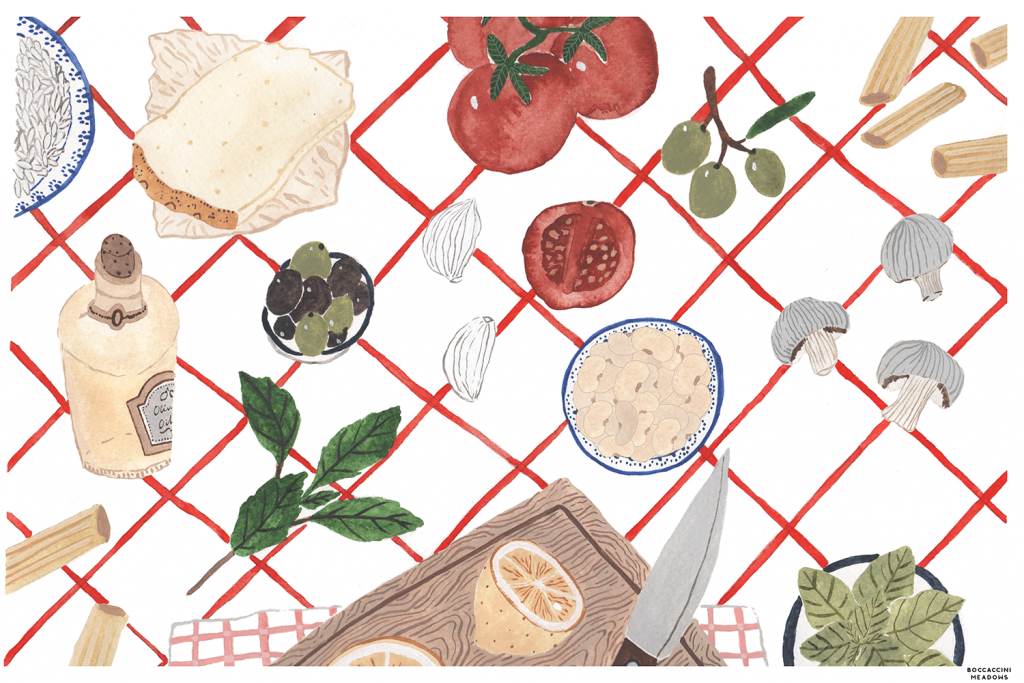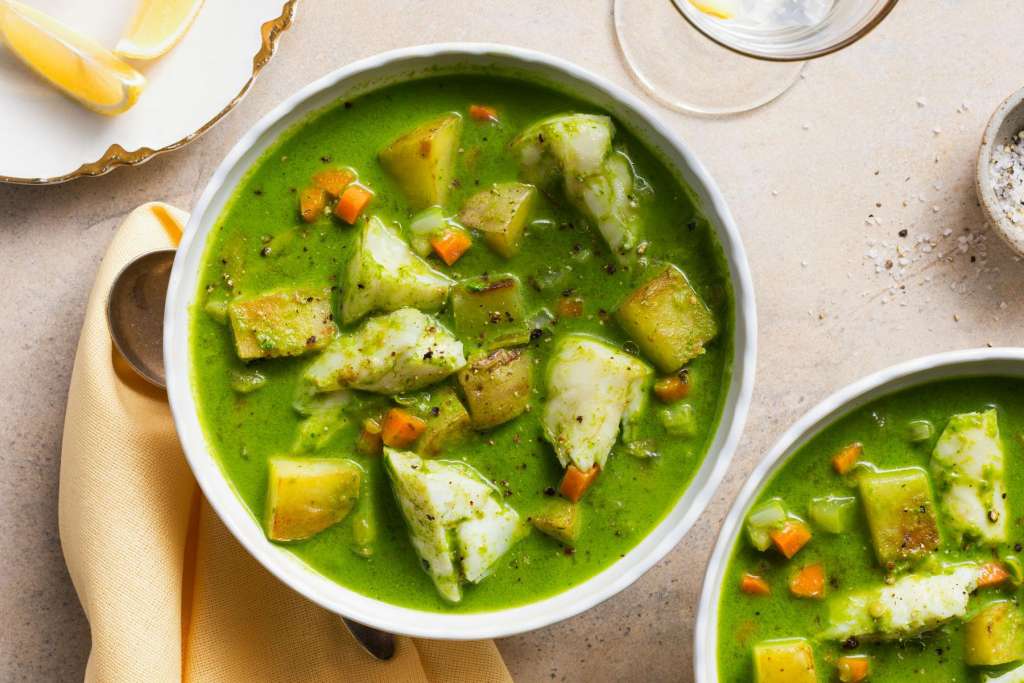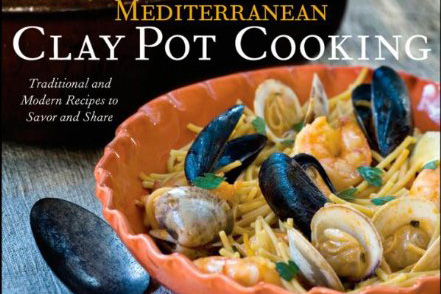Beyond Spaghetti and Meatballs

It’s said that everyone loves Italian food, and that’s probably a safe bet when you’re talking about pizza, pasta, and gelato.
But there’s so much more to the country’s cuisine than those iconic dishes. Italy is divided into 20 regions, and its topography includes both the rugged Alps in the north to the sun-baked islands of Sicily and Sardinia. Every region draws from its specific geography to make dishes that define the local fare.
That’s why you’ll find lots of seafood and briny ingredients like capers in Sardinia, and strudels and dumplings called knödel in northern Italy’s Trentino-Alto Adige, a province where the food is influenced by its proximity to Austria (it has been part of Austria in the past and is known as the South Tyrol in English).
In Sicily, one of Europe’s greatest melting pots, the food bears the mark of centuries of invaders, including the ancient Greeks and Romans, Arabs from North Africa, Normans from northern Europe, and aristocrats of medieval Spain, all of whom left delicious evidence of their stay in the island’s kitchens.
Some key ingredients can be found from north to south, however. Olive oil is the foundation of Italian cooking, though butter is prevalent in the northern alpine regions. You’ll always find fresh herbs, local wines, cheeses like mozzarella or Pecorino, and, of course, pasta, both fresh and dried, in every shape you can imagine.
Sunbasket’s menu traverses the country from tip to toe. Emmer wheat, grown in mountainous central Italy, was the inspiration for our Farro Risotto with Zucchini, Tomatoes, and Soft-Cooked Eggs. Our duck ragù with potato gnocchi, Pecorino, and endive hails from northern Italy where cool climates help potatoes grow abundantly. Tempeh Bolognese and Rigatoni with Roasted Broccoli is a vegan version of the classic meat sauce from Bologna.
Illustration by @boccaccinimeadows








